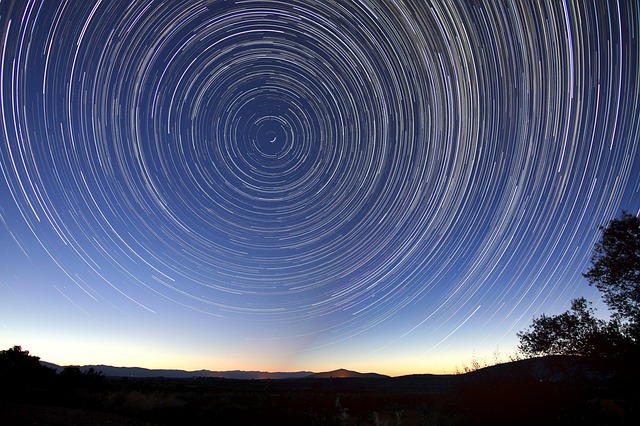Over the past several decades astronomy has revolutionized human knowledge of the universe, identified some of its key contents and provided insight into the nature of existence. The new age of astronomy will be filled with huge discoveries that will be based on advances in material sciences, computing, engineering and optics. Already these advances have made it possible for Earth-based telescopes to vastly outperform the Hubble space-based telescope and others like it.
Astronomy’s Crown Jewel – Construction Proposal
A 272 page construction proposal for the “European Extremely Large Telescope Project” (E-ELT) provides exhaustive information about the science and thinking behind the huge telescope being built in Chile. The E-ELT is described as the essential next step in directly observing the underlying phenomena critical to a better understanding of the nature of the universe.
The E-ELT will have an operational budget of $40 million a year employing mechanical, electrical, electronic, software, and optical engineers and technicians and highly trained astronomists, astrophysicists, and telescope, instrument and database operators. The project was started in 2011 and is expected to be completed in 2020.
Overview of Report
The report first makes the scientific case for the new telescope including a contemporary review of telescope technology and its potential to advance science and discovery. The bulk of the report is a technical overview from a review of the construction site and required infrastructure to the dome and main structure. Details of the primary quaternary mirror units, the tip-tilt and field stabilization unit, pre-focal stations, laser guides, optics calibration, control system and assembly and verification system are elucidated.
The report ends with a discussion of a management plan and the expected economic impact on astronomy and industry. The project’s innovation, generation of knowledge and stimulation of skills and capabilities will all have major positive impact on science and technology.
The Purpose of the E-ELT Telescope
E-ELT instrument studies will be carried out by the European Space Organization and external institutes in some of the following areas and attempt to answer the following questions:
- Are we alone? Are there other terrestrial planets orbiting other stars? – Detecting earth-like planets outside our solar system will be possible through the identification of bio-markers like water and oxygen with the telescope.
- How typical is our solar system? What are planetary systems around other stars like? – The telescope will look at very many nearby stars from young to old. Spectroscopic analysis of planets will help determine composition and atmosphere. Imaging of outer planets and asteroids in our solar system will complement future space missions.
- How did galaxies form their stars? – The telescope will help answer questions such as where did stars and galaxies form. Precision studies of individual stars will help determine their ages and the distribution of chemical elements will help determine how galaxies were assembled and evolved. Doing this type of analysis with a representative section of the universe is a key to understanding galaxies.
- How many super black holes are there in the universe? – Are galaxies home to monsters? Super-massive black holes may be related to the whole galaxy but how do they form and evolve? The telescope will provide extreme resolution and sensitivity so that normal and smaller galaxies can be studied.
- When and where did stars and chemical elements form? – The telescope will attempt to trace the formation of stars back to when they were first formed. Through the analysis of galaxies, gas clouds and supernovae, star formations can be dated and a history of their composition studied
- What were the first objects in the universe? – What objects formed first? Did ultraviolet photons reionize the universe 200 million years ago after the Big Bang? Did this make it transparent? The telescope will study supernova and their ionization zones to answer these questions.
- How many types of matter exist? – It seems that most matter is transparent and is only detectable by its gravitational pull on moving objects. The telescope will map the growth and kinematics of galaxies including high redshifts and attempt to observe dark matter structures.
- What is dark energy and how many types are there? – The telescope will directly map space-time using distant tracers to identify dominant forms of energy in the universe.







